Talented artisans since 1487
Maison Villevert is a human-scale family company based in southwestern France
With a frame of mind shaped during the Renaissance in the days of King François 1st. The Maison Villevert teams with their innovative and highly skilled artisans are guided by two sources of inspiration – the art of distillation and the French art de vivre – in creating, producing and building premium spirits brands for the global arena.
The first records of the Robicquet family in the region date back even earlier to 1487. So, from long ago, a proud heritage has influenced Maison Villevert’s operations. The dedicated family entrepreneurs of past centuries have paved the way for the entrepreneurs of today to write new chapters in the company’s rich history.
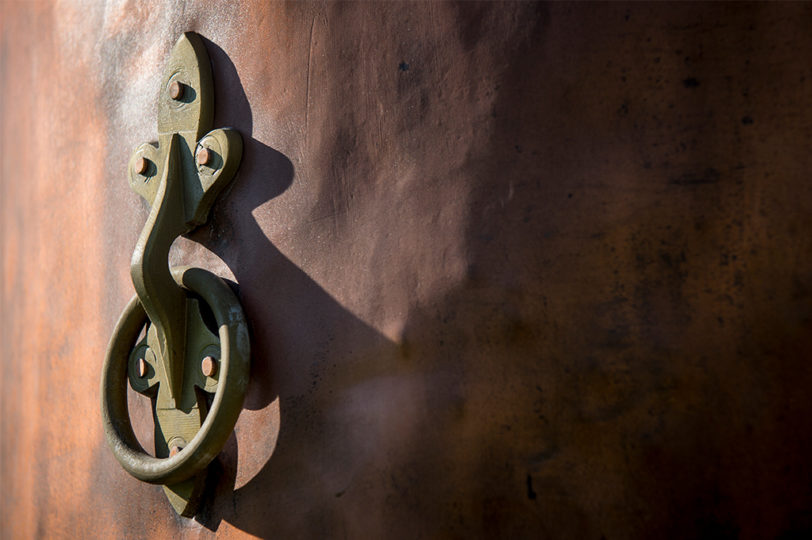
Jehan Robicquet, artisan furrier
In the mid 15th century, Jehan Robicquet left his native Auvergne region which had been ravaged in the Hundred Years’ War. He settled in La Rochelle – the most prosperous French port of the time – and became a successful furrier. In 1487, his son set up business in nearby Cognac which was already flourishing as a dynamic economic crossroads (under the impetus of Jean d’Angoulême) and a hub for entrepreneurs from the Loire, Anjou, Touraine – and as far afield as Italy.
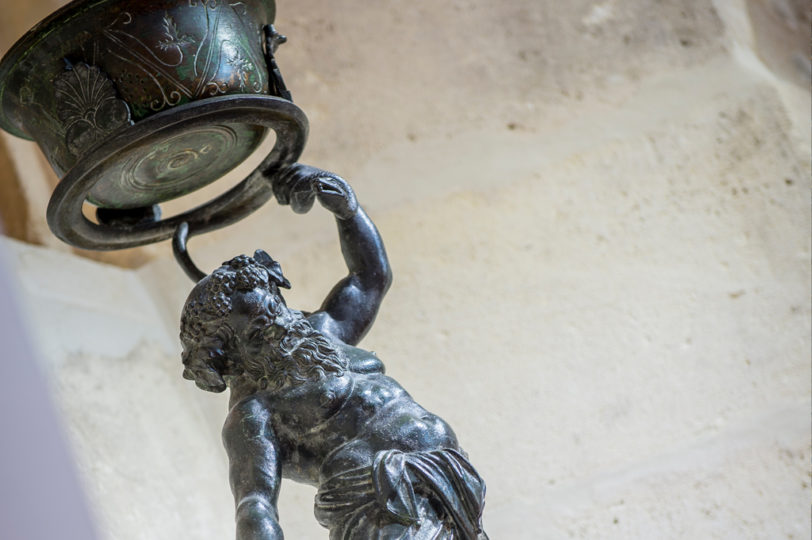
Jehan Robicquet, Sieur du Bourgneuf and his son Jacques, Sieur de Villevert
By 1505 in Cognac, Jehan Robicquet the younger was also a leading furrier: he was supplier to the Countess of Angoulême (the mother of King François 1st) and later he became official supplier to the king himself… ermine collars, sable, plumes and ostrich feathers… He was a distinguished figure in the town – as a commander, courtier to the king and later on as mayor of Cognac in 1522. In 1528, he acquired land at Villevert on which the manor was built, now Maison Villevert’s company headquarters. Jacques Robicquet, his son, succeeded him in 1540 to become furrier to the king.
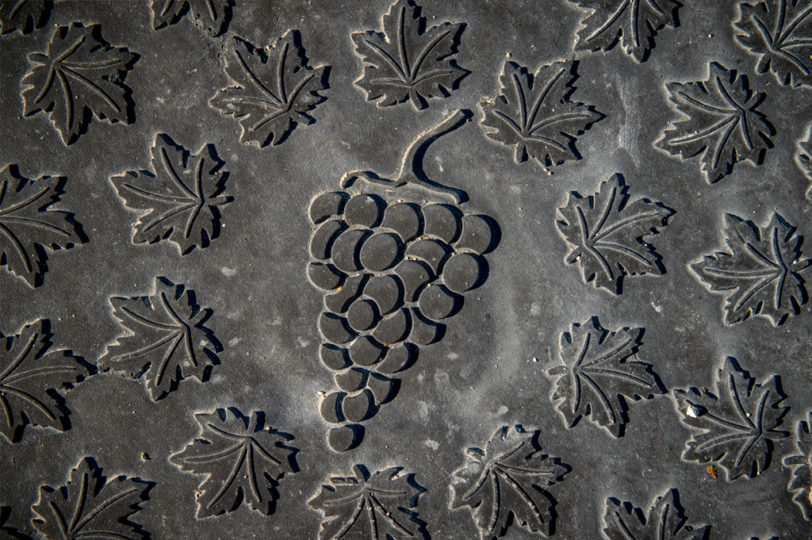
I. Robicquet, artist at the court of Henri III
At the end of the 16th century, I. Robicquet – known as Robicquetus – was a master illuminator at the court of King Henri III. In 1585, one of his works illustrates the cartulary – or ‘Livre Rouge’ (red book) – of the town of Cognac, a collection of original documents recording the privileges which the king bestowed on the town.
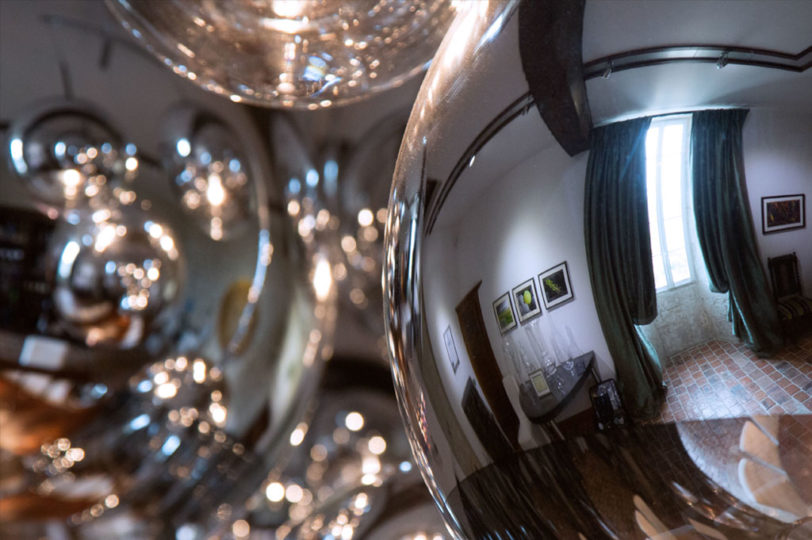
Civil loyalty
Jehan Robicquet, grandson of Jehan the younger, was a royal notary and also very distinguished in the town of Cognac: he was wounded in the Fronde war in 1651 when he was leading a company of citizens loyal to King Louis XIV. He heroically resisted the Prince of Condé’s ‘frondeurs’ (rebels) who were set on attacking the town.
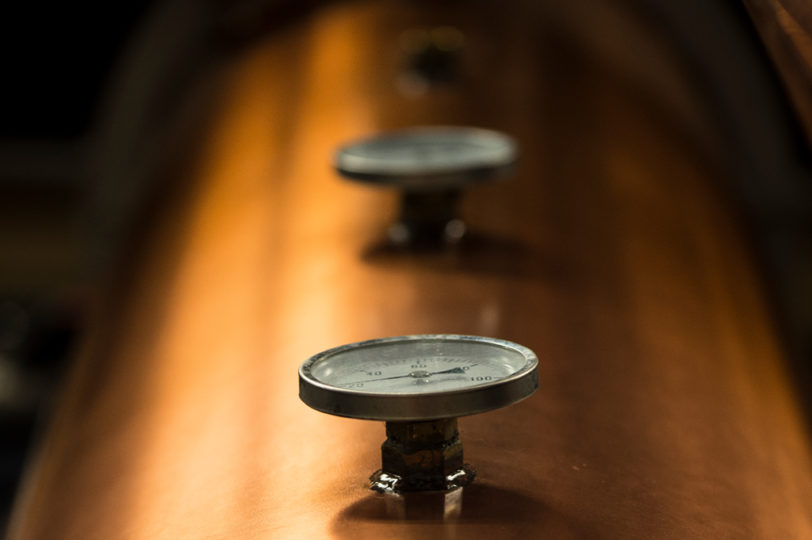
The first cognac merchants
Charlotte Robicquet (the only woman to be cited in the family history) and Jacques Robicquet, ‘Sieur de Lescart’, were among the founders of the cognac trade. (Jacques Robicquet was very involved in the town and the local Christian community – his name was inscribed in the stonework of the church of Saint-Léger de Cognac in 1670). In 1892, the ‘Annuaire Berauld’ records: “It would be unjust not to highlight the names of those who had forged relations abroad. These relations were very difficult at the beginning, but after three hundred years of perseverance and unstinting work, they were to become important and lucrative for our country. Searching in our archives, we found the names of the founders of the region’s trade.” Included are: Charlotte Robicquet (16th century) and Jacques Robicquet (1640 – 1690), who was succeeded by his son Michel Robicquet in 1664 until his death in 1710.
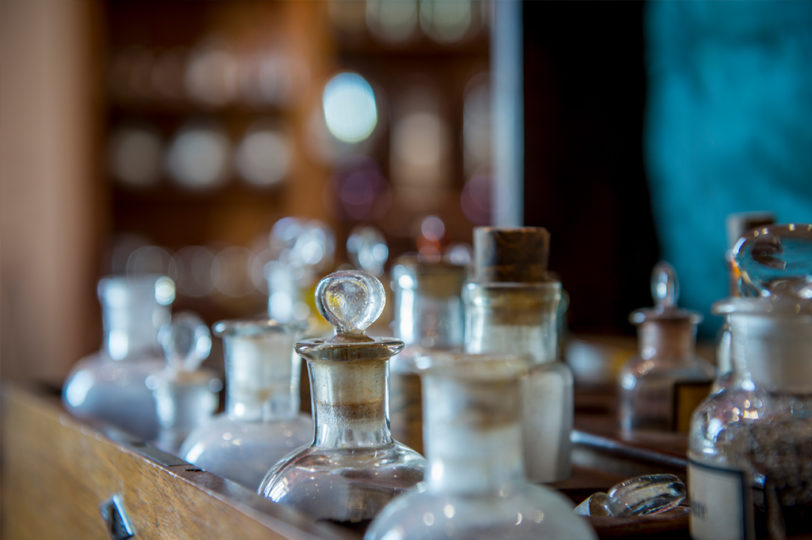
Entrepreneurs and artisans
In Paris, there were three successive generations in the Robicquet & Cie company of goldsmiths and artistic copperware who were artisans, artists and entrepreneurs. Between the end of the 19th century and the Second World War, three members of the family – including Louis Paul Auguste Robicquet – were practising members of the highly reputed Maîtres Orfèvres Parisiens (Master Goldsmiths of Paris).
